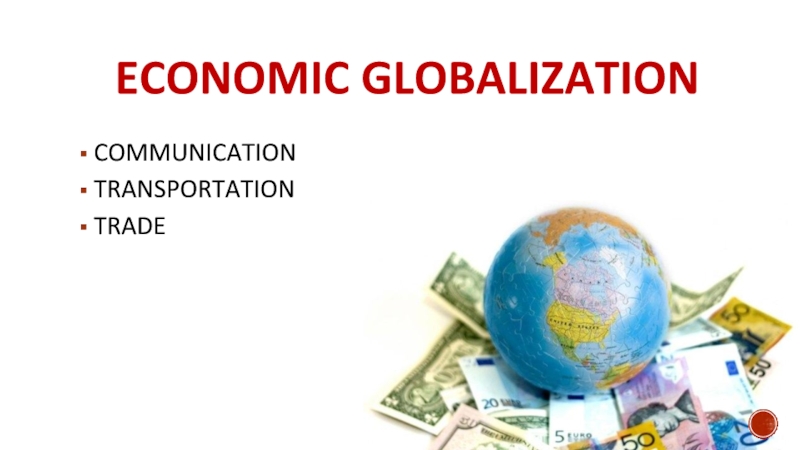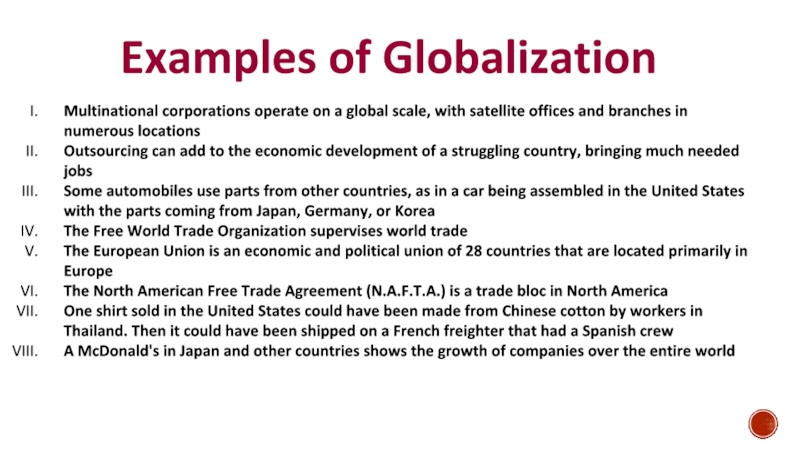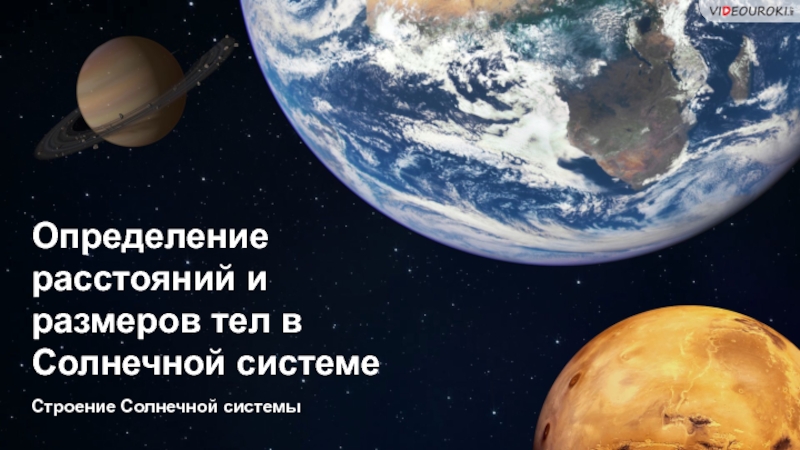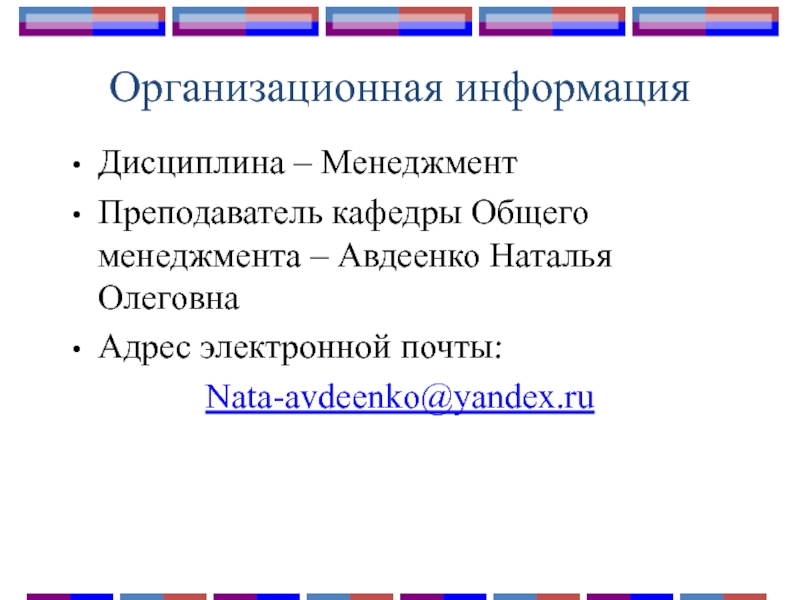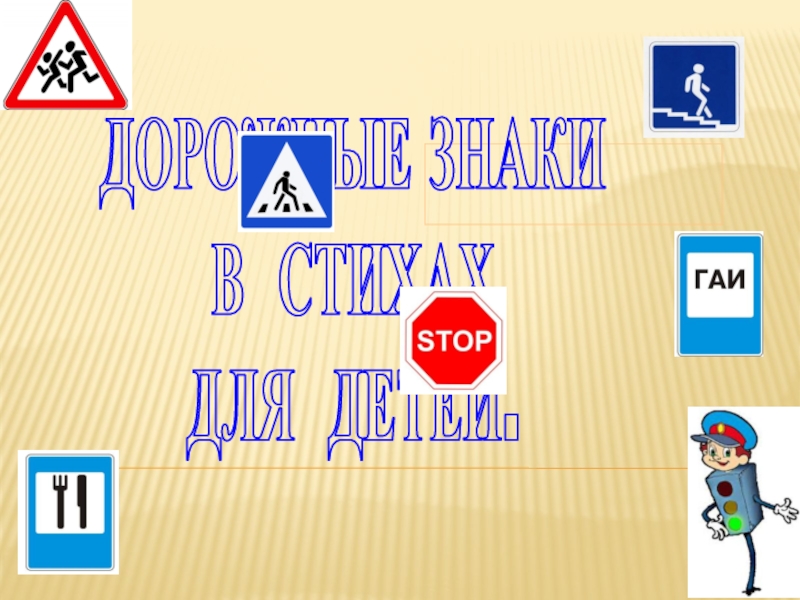Разделы презентаций
- Разное
- Английский язык
- Астрономия
- Алгебра
- Биология
- География
- Геометрия
- Детские презентации
- Информатика
- История
- Литература
- Математика
- Медицина
- Менеджмент
- Музыка
- МХК
- Немецкий язык
- ОБЖ
- Обществознание
- Окружающий мир
- Педагогика
- Русский язык
- Технология
- Физика
- Философия
- Химия
- Шаблоны, картинки для презентаций
- Экология
- Экономика
- Юриспруденция
ECONOMIC GLOBALIZATION Mamedgassanova Aitan Andreichenko Kamilla
Содержание
- 1. ECONOMIC GLOBALIZATION Mamedgassanova Aitan Andreichenko Kamilla
- 2. HISTORYTHE INDUS VALLEY CIVILIZATION all the way
- 3. ECONOMIC GLOBALIZATIONCOMMUNICATIONTRANSPORTATIONTRADE
- 4. COMMUNICATIONMODERN COMMUNICATION TECHNOLOGY AND MASS MEDIA ARE
- 5. TRANSPORTATIONTRAVEL AND SHIPPING ARE CHEAP AND SAFE
- 6. TRADEMULTI-NATIONAL CORPORATION HAVE GLOBAL REACH AND INCREASING
- 7. FORMS OF ECONOMYPROTECTIONISM TRADE LIBERATION
- 8. Protecting one’s economy from foreign competition by
- 9. also called “ FREE TRADE”Act of reducing
- 10. World BankInternational Monetary Fund (IMF)World Trade Organization (WTO)
- 11. WORLD BANKAlso called Int’l Bank for Reconstruction
- 12. WORLD TRADEORGANIZATION (WTO)Formerly known as General Agreement
- 13. INTERNATIONALMONETARY FUND(IMF)Provides short term loans to countries when
- 14. BENEFITS VS DRAWBACKSSolves trade disputes between countries
- 15. Examples of Globalization Multinational corporations operate on
- 16. Baldwin, R., P. Martin, and G. Ottaviano.
- 17. Скачать презентанцию
HISTORYTHE INDUS VALLEY CIVILIZATION all the way to MESOPOTAMIA Early as 4000 BC Mesopotamia - TOKEN SYSTEM as COMMODITY MONEY
Слайды и текст этой презентации
Слайд 2HISTORY
THE INDUS VALLEY CIVILIZATION all the way to MESOPOTAMIA
Early as 4000 BC
COMMODITY MONEYСлайд 4COMMUNICATION
MODERN COMMUNICATION TECHNOLOGY AND MASS MEDIA ARE GLOBAL STANDARD
IT’S RELATIVELY
EASY AND INEXPENSIVE TO STAY IN TOUCH
Слайд 6TRADE
MULTI-NATIONAL CORPORATION HAVE GLOBAL REACH AND INCREASING POWER
e.g.. McDonald Corp.,
Intel Corp. etc.
GOVERNMENTS HAVE DECREASES TARIFFS AND REGULATION ON INTERNATIONAL
TRADEСлайд 8Protecting one’s economy from foreign competition by creating trade barriers
Domestic
products > Imported goods
TARIFF- tax levied by a government on
imports and exports.The money collected from tariffs is called a customs duty
IMPORT QUOTA- limits on the number of products that can be imported into a country
BANS- forbid products on import goods
Слайд 9also called “ FREE TRADE”
Act of reducing trade barriers to
make international trade easier between countries
× TARIFF
×IMPORT QUOTA
×BANS
Слайд 11WORLD BANK
Also called Int’l Bank for Reconstruction and Development (IBRD)
Increases
in economic growth and decreases poverty in developing countries
e.g. Increases
in education since 1962 like Bangladesh, Chad and AfghanistanСлайд 12WORLD TRADE
ORGANIZATION (WTO)
Formerly known as General Agreement on Tariffs and
Trade (GATT)
Deals with the rules of trade between nations, settles
trades disputes and conduct straight negotiationse.g. (May 2013) Japan and European Union bought a case to WTO regarding unfair renewable energy serves offered in Ontario
Слайд 13INTERNATIONAL
MONETARY FUND
(IMF)
Provides short term loans to countries when an emergency occurs
e.g.
Yemen receive 93 Million USD (2012) during struggle to terrorism
Слайд 14BENEFITS VS DRAWBACKS
Solves trade disputes between countries in a peaceful
ways
×But only focuses on developed nation
Lowers the cost of goods
and services for those developed nation×To achieve low cost, labour rights and environmental concerns are ignored
Promotes economic growth in developed countries
×Favour the rich nations and powerful trans-national corporation
Слайд 15Examples of Globalization
Multinational corporations operate on a global scale, with
satellite offices and branches in numerous locations
Outsourcing can add to
the economic development of a struggling country, bringing much needed jobsSome automobiles use parts from other countries, as in a car being assembled in the United States with the parts coming from Japan, Germany, or Korea
The Free World Trade Organization supervises world trade
The European Union is an economic and political union of 28 countries that are located primarily in Europe
The North American Free Trade Agreement (N.A.F.T.A.) is a trade bloc in North America
One shirt sold in the United States could have been made from Chinese cotton by workers in Thailand. Then it could have been shipped on a French freighter that had a Spanish crew
A McDonald's in Japan and other countries shows the growth of companies over the entire world
Слайд 16Baldwin, R., P. Martin, and G. Ottaviano. 2001. Global income
divergence, trade, and industrialization: The geography of growth take-offs. Journal
of Economic Growth 6 (1): 5–37.Crafts, N. and Venebles, A. 2003. Globalization in History:A Geographical Perspective,
University of Chicago Press.
Audinet, J.P. (2006, April ). Globalization, Liberalization and Protectionism. Retrieved from http://www.ruralpovertyportal.org/documents/654016/100542/DLFE-1614.pdf
Erixon, F., & Sally, R. (2010, November ). Ecipe.org. TRADE,GLOBALISATION AND EMERGING PROTECTIONISM SINCE CRISIS.
Helen, M. (2001, ). Georgetown.edu. Globalization, Development, and International Institutions: Normative and Positive Perspectives. Retrieved from http://faculty.georgetown.edu/jrv24/milner_05.pdf


